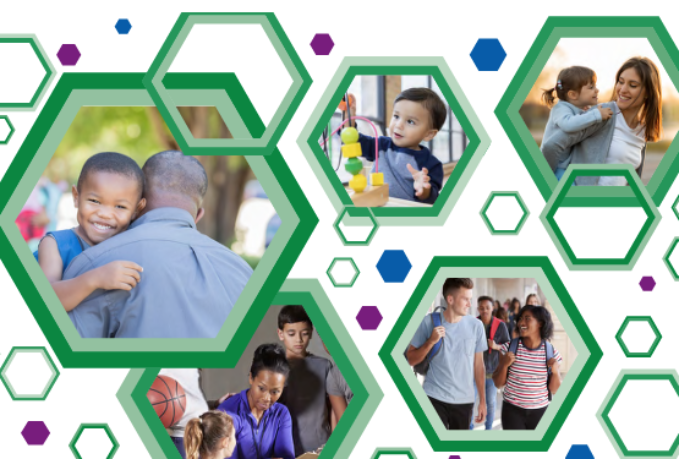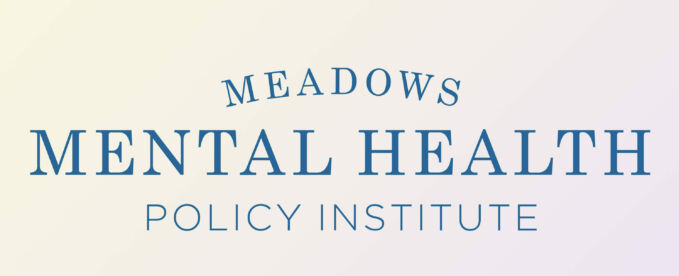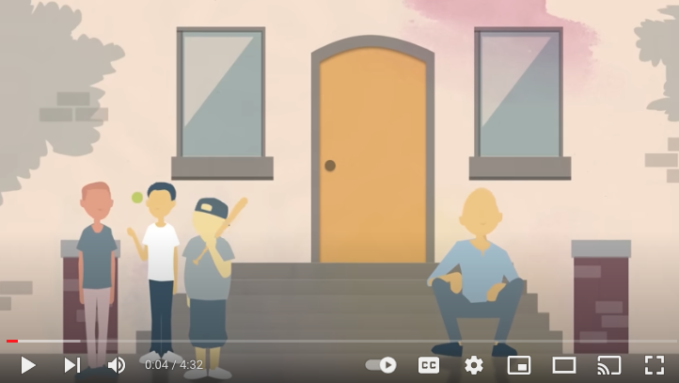
Grief vs. Trauma
Understanding Loss
Grief and post-traumatic stress disorder (PTSD) are often confused. They are actually two different experiences:
- Grief - a natural, healthy response to loss or change
- Trauma - the real or perceived threat to life or bodily integrity of you or a loved one that can cause an overwhelming sense of terror, horror, helplessness, and/or fear
Grief does not always involve trauma and trauma does not always involve grief. There are unique interventions for each experience. Something does not need to be “objectively” traumatic to result in a trauma response.
Distinguishing PSTD From Grief: A Difference That Makes a Difference
In a presentation on children's bereavement, Julie Kaplow addresses the distinction between trauma (referred to here by the clinical term, "PTSD") and grief and why the distinction is important.
Avoid Making Assumptions
In this webinar clip, Julie Kaplow explains why it's important to avoid making assumptions about a person's level of trauma based on the circumstances.
This video is an excerpt from a webinar produced by the Trauma and Grief (TAG) Center. And featured, Julie Kaplow, PhD, ABPP. It is shared with permission from the TAG Center. To view the full webinar, click here.
Who Can Help?
If you think a child or teen in your life has experienced trauma, share your concerns with their parent or caregiver or, if you are the parent or caregiver, you may want to consult a mental health professional. If you’re not sure where to start, your child or teen’s primary care doctor or school counselor may be able to provide guidance.
Exploring trauma in detail is beyond the scope of this site. The key thing to understand is that grief and trauma are different experiences that require different interventions. If you'd like to learn more, check out the resource list below.
Resources for Understanding Trauma and Offering Support:
All Ages
ACE Questionnaire
Description: This questionnaire was used to assess participants in the original Adverse Childhood Experiences study, conducted by CDC and Kaiser Permanente and published in 1998. This widely used and validated tool is used by trained providers to measure the impact of childhood abuse and neglect upon health and well-being.
Source: CDC

Adverse Childhood Experiences
Description: Adverse childhood experiences (ACEs) can have a tremendous impact on future violence victimization and perpetration, and lifelong health and opportunity. CDC works to understand ACEs and prevent them.
Source: CDC

Adverse Childhood Experiences Prevention
Description: ACEs are a serious public health problem with far-reaching consequences across the lifespan. They are also preventable. The strategies outlined here, drawn from CDC’s Prevention Resources for Action, are intended to change norms, environments, and behaviors in ways that can prevent ACEs from happening in the first place as well as to lessen the immediate and long-term harms of ACEs.
Source: CDC

Creating Positive Childhood Experiences
Description: Healthy and happy childhoods start now. Learn how you can help!
Source: CDC
Responding to Tragedy: How to Talk With Children About Traumatic Events
Description: Tips for talking with children about tragic events, such as natural disasters, a school shooting, mass shootings, systemic violence, and wars.
Source: Eluna Network

Supporting Immigrant Youth Exposed to Trauma & Loss
Description: In this webinar, Dr. Priscilla Mendez, PsyD, discusses ways to support immigrant youth exposed to trauma and loss. The focus of this webinar includes a brief overview of trauma and grief and the importance of distinguishing the two constructs.
Source: Meadows Mental Health Policy Institute

Supporting Students Exposed to Trauma & Grief: Tips for Teachers
Description: This presentation addresses how educators can support students who have experienced trauma or the death of a loved one by providing guidance on what to say to the student, their classmates, and how to recognize signs that the student may need additional support, offering concrete strategies to create a safe and nurturing classroom environment.
Source: Meadows Mental Health Policy Institute

We Can Prevent ACEs
Description: Childhood experiences, both positive and negative, have a tremendous impact on future violence victimization and perpetration, and lifelong health and opportunity. As such, adverse childhood experiences (ACEs) are an important public health issue. Learn how everyone can help prevent ACEs by using strategies to create safe, stable, nurturing relationships and environments for all children.
Source: CDC




